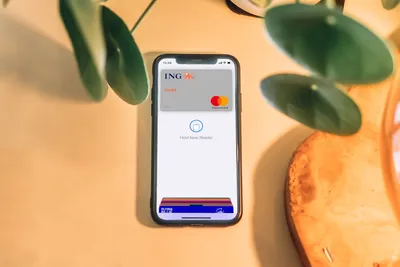
Simplifying the Complex: How to Communicate Complex Offers with Simple Design
In a world where attention spans are shrinking and the competition for those precious seconds of focus is fierce, simplifying complex information through smart web design isn't just an advantage—it's a necessity. Whether you're offering high-tech products, financial services, or anything in between, the way you present information can make a massive difference in how (and if) your audience understands and engages with it. Let's dive into how you can use web design to break down complexity and guide your customers toward making informed decisions.
The Challenge of Complexity
Complex offers can be a double-edged sword. On one hand, they demonstrate your expertise and the value of your products or services. On the other, they can overwhelm or confuse potential customers, leading to indecision or lost interest. The key to navigating this challenge is leveraging web design to simplify the presentation of information without oversimplifying the content itself.
Strategies for Simplifying Complex Offers
1. Use Clear, Concise Language
Start with the basics: the words you choose. Jargon and technical terms might be second nature to you, but they can be barriers to understanding for your audience. Use clear, simple language and define any necessary terms in an accessible way. This approach helps ensure that your message is understood by a wider audience.
2. Employ Visual Aids
A picture is worth a thousand words, and this is especially true when dealing with complex information. Diagrams, infographics, and videos can convey concepts more effectively than text alone. These visual aids break down information into digestible pieces, making it easier for users to grasp and retain.
3. Break Information into Bite-Sized Chunks
Large blocks of text can be daunting. Instead, break information into smaller sections with clear headings. This not only makes your content more scannable but also allows users to easily find the information that's most relevant to them. Bullet points, numbered lists, and short paragraphs can significantly enhance readability.
4. Implement Interactive Elements
Interactive elements like sliders, calculators, or quizzes engage users and allow them to explore complex information at their own pace. These tools can also be personalized, helping users apply the information to their specific situation, which makes understanding complex offers much more straightforward.
5. Simplify Navigation
Ensure that users can easily navigate through your site to find the information they need. A well-organized site with intuitive navigation aids in breaking down complex offers by guiding visitors through the information hierarchy in a logical, user-friendly manner.
6. Highlight Key Takeaways
Emphasize the most important points you want users to remember. This can be done through bold text, color highlights, or dedicated callout boxes. Highlighting key takeaways ensures that even if users skim through the content, they'll grasp the core messages.
7. Use Testimonials and Case Studies
Real-world applications of your products or services can illustrate their value more clearly than abstract descriptions. Testimonials and case studies provide context, making complex offers more relatable and understandable to potential customers.
Wrapping Up: The Simplicity in Complexity
The goal of simplifying complex offers through web design is not to water down your message but to make it accessible and actionable. By employing clear language, visual aids, interactive elements, and effective navigation, you can guide your customers through even the most complex offers with ease.
Remember, simplicity in design doesn't mean minimalism in detail—it means clarity of communication. It's about creating pathways through which your audience can navigate complexity without getting lost. By embracing these strategies, you can enhance user experience, improve comprehension, and ultimately, drive conversions.
FAQs
Q: How do I know if my website is too complex for my audience?
A: Look for signs like high bounce rates, low engagement, or feedback from users. Conducting user testing can also provide insights into where visitors might be getting confused or overwhelmed.
Q: Can simplifying my web design impact SEO?
A: Yes, positively. Search engines favor websites that provide a good user experience, which includes clear, accessible content and easy navigation. Simplifying your web design can improve these factors, potentially boosting your SEO rankings.
Q: Is it possible to oversimplify complex offers?
A: Yes, and it's a delicate balance to maintain. The key is to simplify the presentation of information without removing the essential details that your audience needs to make informed decisions. Always focus on clarity and user understanding.
Incorporating these strategies into your web design process can transform the way potential customers interact with your complex offers. By making complexity accessible, you're not just designing a website; you're crafting a bridge that connects your audience to the solutions they need, in a way they can easily understand and appreciate.
Related Articles
Discover articles tailored to your interests, providing deeper insights and extended learning opportunities. Our "Related Articles" feature connects you with content that complements your current read, ensuring you have all the knowledge you need to make informed decisions about your business's online presence.






